 zachary harden
zachary harden
Keywords: meiji era: japan | hinomaru | rising sun |
Links: FOTW homepage | search | disclaimer and copyright | write us | mirrors

Last modified: 2023-06-03 by  zachary harden
zachary harden
Keywords: meiji era: japan | hinomaru | rising sun |
Links: FOTW homepage |
search |
disclaimer and copyright |
write us |
mirrors
Some time ago I have sent (and improved) some images of Imperial Japanese
Army flags. I have since found out that the dimensions were not in
Anglo-American feet and inches, but in Japanese 'feet' (shaku) and 'inches'
(sun). Accordingly the flag images have to be modified.
To put it simply, one 'shaku' equals exactly 10/33 of one metric metre. One
'sun' is one-tenth of a 'shaku', and a 'bu' is one-tenth of a 'sun'.
Miles Li, 20 April 2013
Actually, I need to amend a few things from the previous post. To begin with,
I cannot back up my previous claim about the width of the fringes being 4 sun
side; however, judging from a photo I found on the internet of the only
surviving Infantry Colour (that of the 321st Infantry Regiment now on exhibition
in Yasukuni Shrine in Tokyo), the width of the fringes is roughly half the width
of the white rectangle which bears the name of the regiment.
This leads to the dimensions of the flags themselves. In page 78 the book
"Imperial Japanese Army and Navy Uniforms and Equipment" by Tadao Nakata and
Thomas B. Nelson, the illustration gives the dimensions of the Infantry Colour
as 2 shaku 6 sun 4 bu wide, 3 shaku 3 sun long, with the white rectangle 7 sun
wide, 8 sun long; that of the Cavalry Standard as 2 shaku each side, with the
white square 5 sun each side.
The Japanese Wikipedia gives
somewhat different dimensions, apparently quoting from official
decrees: the Infantry Colour as 2 shaku 6 sun 4 bu wide, 3 shaku long;
the Cavalry Standard as 2 shaku 1 sun each side; but nothing is said
about the dimensions of the rectangles.
In improving my flag images, I took the flag dimensions as per Wikipedia, and
the white rectangle dimensions as per Nakata's book. At least the Army
National Flag, the Infantry Colour and its white rectangle all agree
in having the proportions of 7:8. The width of the fringes are also
modified as appropriate. All dimensions are now stated as per Western
practice, i.e. width to length.
Miles Li, 08 July 2013
1870 Merchant Ship's National Flag
![[Flag in decree 57, 1870]](../images/j/jp~1870.gif)
image by Antonio Martins
Army National Flag
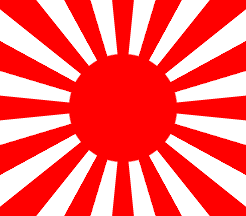
image by Miles Li, 08 July 2013
In 1870 Daij˘-kan (the Great Council of State) made three separate promulgations regarding "national flag[s]".
So Japan of the early Meiji era ended up with four "national flags",
with the army using the 16-ray "Rising Sun" some 20 years before the
navy did; yet although the naval ensign at the time was the Hinomaru,
it was technically a distinct flag from both the civil ensign and the
naval jack!
Miles Li, 29-31 May 2008
Army National Flag
Adopted May 15, 1870; first presented January 23, 1874; abolished December 2,
1879. Dimensions: 4 shaku 4 sun wide, 5 shaku long (approx. 1.33m by 1.51m)
Miles Li, 20 April and 08 July 2013
The sun ray width is not same but different according to construction sheet.
Imperial Army Infantry Regimental Color - 1874
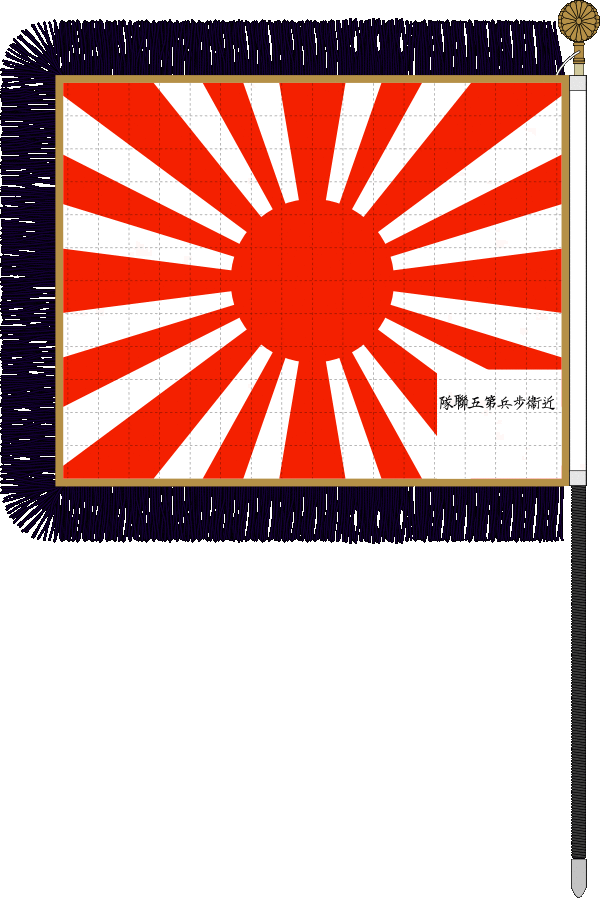
![]()
image by Kazutaka Nishiura, 20 March 2014
Adopted on Dec 12 1874 by Great Council of State Proclamation No 130.
16 sun rays with purple fringe and finial of Imperial crest of golden
chrysanthemum on three facets. The regimental color was revised on Apr 9th 1917.
Nozomi Kariyasu, 20 March 2014
Infantry Regimental Colour - 1879
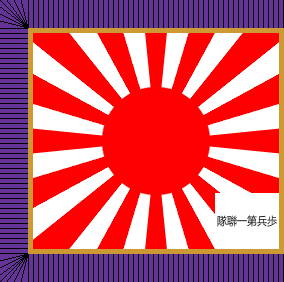
![]()
image by Miles Li, 08 July 2013
Infantry Colour
Adopted December 2, 1879 as Infantry Regimental Colour. Dimensions: 2 shaku 6
sun 4 bu wide, 3 shaku long (approx. 0.8m by 0.91m), with gold edges and purple
fringes. A white rectangle 7 sun wide, 8 sun long (approx. 0.21m by 0.24m) at
the lower hoist, with the name of the regiment written in black kanji. Black
flagpole with golden finial in the form of three-sided chrysanthemum mon.
Miles Li, 20 April and 08 July 2013
Cavalry Standard - 1879
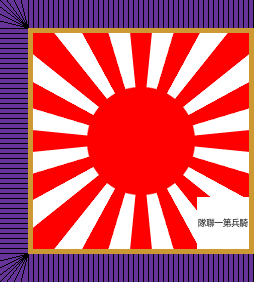
![]()
image by Miles Li, 08 July 2013
1879: Daij˘-kan abolished the "Army National Flag" on December 2, in
favour of the Infantry Regimental Colours and the Cavalry/Artillery
Regimental Standards.
The Infantry Regimental Colour was 2 feet 6 1/4 inches by 3 feet in
dimensions, whereas the Cavalry/Artillery Regimental Standard was 2
feet 1 inch by 2 feet 1 inch. Both were 16-ray "Rising Sun" flags with
the sun disc at the centre, and a white panel at the lower hoist, 7
inches by 8 inches, bearing the name of the regiment in black kanji.
There were gold edges on all four sides, plus purple (in practice a
bluish purple) fringes on three sides and white sleeve at the hoist.
Black flagpole with a finial displaying golden chrysanthemum (the
Imperial Mon) on three facets.
It should be noted, however, that it took the Japanese some years to
amalgamate their cavalry and artillery units into regiments.
Regimental standards for artillery were abolished on January 10, 1885,
without ever being presented, while the first regimental standard for
cavalry was not presented until November 18, 1896.
Miles Li, 29-31 May 2008
Cavalry Standard
Adopted December 2, 1879 as Cavalry and Artillery Squadron Standard. Artillery
Standards were abolished on January 10, 1885; Cavalry upgraded to Regimental
Standards on November 18, 1896. Dimensions: 2 shaku 1 sun (approx. 0.64m) each
side, with gold edges and purple fringes. A white square 5 sun (approx. 0.15m)
each side at the lower hoist, with the name of the regiment written in black
kanji. Black flagpole with golden finial in the form of three-sided
chrysanthemum mon.
Miles Li, 20 April and 08 July 2013
Infantry Regimental Colour - 1879
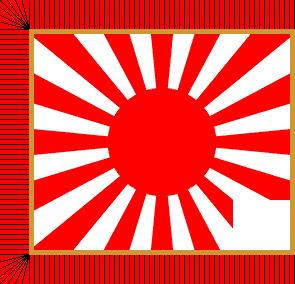
![]()
image by Miles Li, 31 May 2008
1885: On January 10 Daij˘-kan not only abolished the artillery
regimental standards, but also instituted the Reserve Infantry
Regimental Colours. These would have their fringes in red, but were
otherwise identical to the purple-fringed (Regular) Infantry
Regimental Colours.
In interesting aspect of the Imperial Japanese Army was that they
tended to take their regimental flags into battle, even during World
War II. Sometimes these got damaged so much that only the poles, the
finials and the fringes remained - an example, from the 57th Infantry
Regiment, is on display in Yasukuni Shrine in Tokyo. Moreover, at the
end of WWII the IJA was ordered to burn their regimental flags to
prevent them from falling into the hands of the Allies. Only one
complete flag, from the 321st Infantry Regiment, escaped annihilation,
and is now also on display at Yasukuni Shrine.
Miles Li, 29-31 May 2008
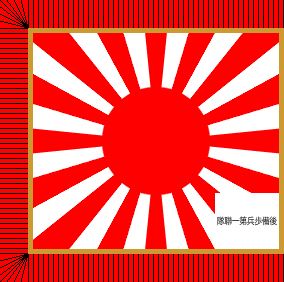
![]()
image by
Miles Li, 08 July 2013
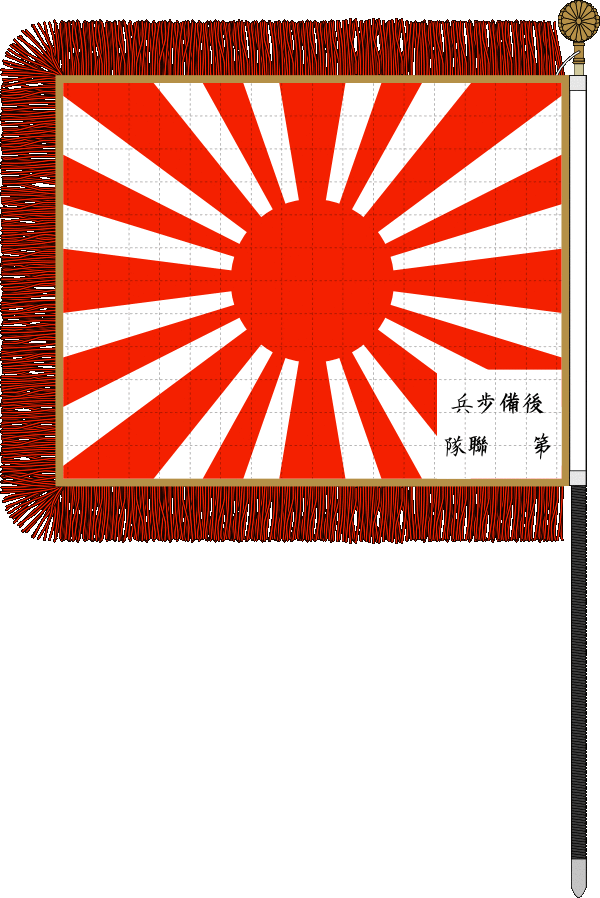
![]()
image by Kazutaka Nishiura, 20 March 2014
Reserve Infantry Colour
Adopted January 10, 1885 as Reserve Infantry Regimental Colour. Dimensions: 2
shaku 6 sun 4 bu wide, 3 shaku long (approx. 0.8m by 0.91m), with gold edges and
red fringes. A white rectangle 7 sun wide, 8 sun long (approx. 0.21m by 0.24m)
at the lower hoist, with the name of the regiment written in black kanji. Black
flagpole with golden finial in the form of three-sided chrysanthemum mon.
Miles Li, 20 April and 08 July 2013
Adopted on Mar 9th 1885 by Great Council of State Proclamation No 6
16 sun rays with red fringe and finial of Imperial crest of golden chrysanthemum
on three facets. All Reserve Infantry Colors were returned to Emperor in 1919.
Nozomi Kariyasu, 20 March 2014

Adopted on Sep 7th 1896 by Imperial Ordinance No 304
16 sun rays with purple fringe and finial of Imperial crest of golden
chrysanthemum on three facets.
The Regiment Color is smaller than Infantry Regimental Color and was revised on
Apr 9th 1917.
Nozomi Kariyasu, 20 March 2014
Regular Infantry 1st Battalion:
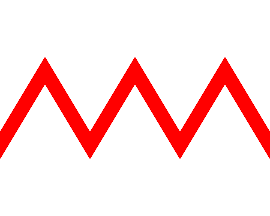
image by Miles Li, 09 July 2013
Regular Infantry 2nd Battalion:
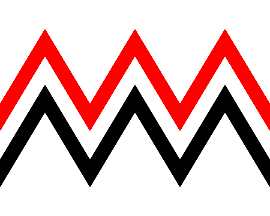
image by Miles Li, 09 July 2013
Regular Infantry 3rd Battalion:
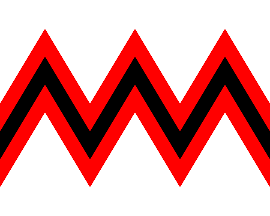
image by Miles Li, 09 July 2013
Source: "Imperial Japanese Army and Navy Uniforms and Equipment" by Tadao
Nakata and Thomas B. Nelson, page 78.
Miles Li, 09 July 2013
The way in which a second and third battalion flag is derived is fairly
obvious. But is anything known about the meaning on the zig-zag pattern itself?
Peter Hans van den Muijzenberg, 11 July 2013
Unfortunately I cannot find the meaning of the zig-zag pattern. However such
zig-zags are referred to in Japanese as "Mountain Shaped Lines", even when these
appeared on naval flags.
Miles Li, 15 July 2013
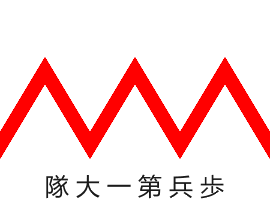
image by Miles Li, 09 July 2013
(Note: The name of the battalion is written in black kanji at the bottom.)
Source: "Imperial Japanese Army and Navy Uniforms and Equipment" by Tadao
Nakata and Thomas B. Nelson, page 78.
Miles Li, 09 July 2013
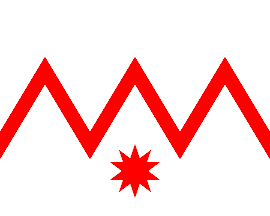
image by Miles Li, 09 July 2013
Source: "Imperial Japanese Army and Navy Uniforms and Equipment" by Tadao
Nakata and Thomas B. Nelson, page 78.
Miles Li, 09 July 2013
Reserve Infantry 1st Battalion:
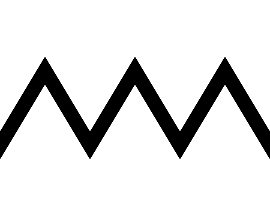
image by Miles Li, 10 July 2013
Reserve Infantry 2nd Battalion:
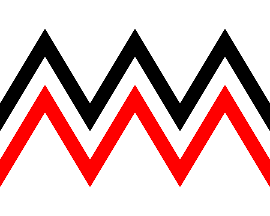
image by Miles Li, 10 July 2013
Reserve Infantry 3rd Battalion:
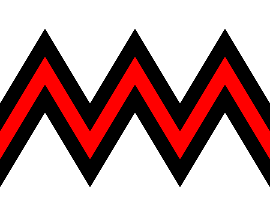
image by Miles Li, 10 July 2013
Source: "Imperial Japanese Army and Navy Uniforms and Equipment" by Tadao
Nakata and Thomas B. Nelson, page 78.
Miles Li, 10 July 2013
National Infantry 1st Battalion:

image by Miles Li, 10 July 2013
(Note: also the National Infantry Battalion flag during the Russo-Japanese War)
National Infantry 2nd Battalion:
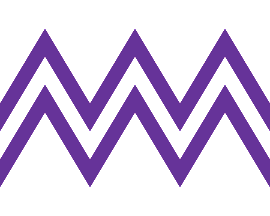
image by Miles Li, 10 July 2013
Source: "Imperial Japanese Army and Navy Uniforms and Equipment" by Tadao
Nakata and Thomas B. Nelson, page 78.
Miles Li, 10 July 2013
Guard Cavalry (Honor Guard) Pennon:
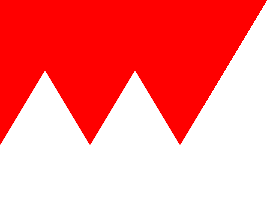
image by Miles Li, 11 July 2013
Autumn Exercise Inspectorate:
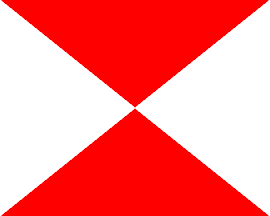
image by Miles Li, 11 July 2013
Autumn Exercise Umpire:
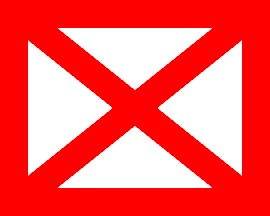
image by Miles Li, 11 July 2013
Source: "Imperial Japanese Army and Navy Uniforms and Equipment" by Tadao
Nakata and Thomas B. Nelson, page 78.
Miles Li, 10 July 2013
Topography Department Marker Flag:
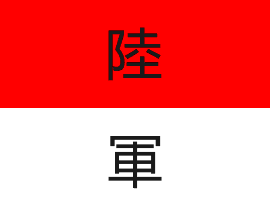
image by Miles Li, 11 July 2013
Source:
http://www.photoree.com/photos/permalink/1095694-40011478@N00
Miles Li, 11 July 2013